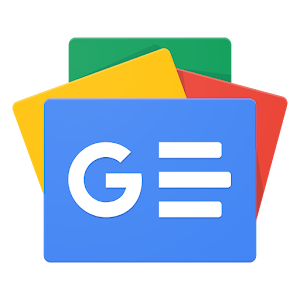Restricted Access

Understanding Access Blocked Notifications
What is an Access Blocked Notification?
An access blocked notification appears when a user tries to enter a restricted or protected website or online service. This block typically happens because of security measures designed to protect sensitive information, prevent unauthorized access, or maintain the integrity of a network.
Common Reasons for Access Blocked Messages
There are several reasons why a user might encounter an access blocked message. Here are some of the most common:
Security Concerns: Websites may block access if they detect suspicious behavior or if they have been flagged for potential security threats.
Geographical Restrictions: Some websites are only available in specific regions. If you attempt to access these sites from a restricted location, you may be blocked.
Firewall Settings: Organizational or personal firewalls may block certain websites to prevent access to potentially harmful content.
Incorrect URLs: Sometimes, a simple typo in the website’s URL can lead to a blocked access message, as the server may not recognize the request.
- Policies and Regulations: Schools, libraries, and workplaces may block access to certain sites to comply with policies or regulations.
Identifying the Incident ID
When you encounter a blocked access message, you may also see an Incident ID. Here’s what that means:
Purpose of Incident ID: The Incident ID is a unique identifier that helps technical support teams trace the specific event and understand why access was blocked.
- Using the Incident ID: If you believe the block is a mistake, you can contact the support team and provide the Incident ID for further investigation.
Steps to Resolve Access Blocked Issues
If you encounter an access blocked message, here are some steps you can take to address the issue:
Check URL Accuracy: Ensure that you entered the correct web address without mistakes.
Try a Different Network: If possible, switch to a different network or use a VPN to access the website from another region.
Review Firewall Settings: If you are using security software, check its settings to see if it has restricted access to certain sites.
Contact Support: If you have the Incident ID, contact the website’s or service’s customer support team for assistance.
- Check Network Policies: If you are on a restricted network (e.g., at work or school), review their policies or speak with the network administrator.
Conclusion
Access blocks can be frustrating, but they are often in place to protect users and ensure the integrity of web services. Understanding the reasons behind these notifications and knowing how to respond can help you navigate the situation more effectively.






